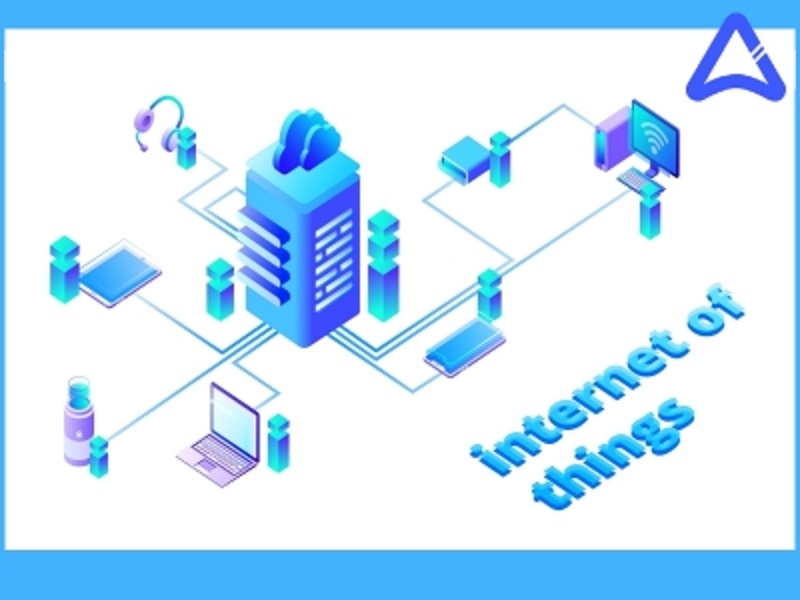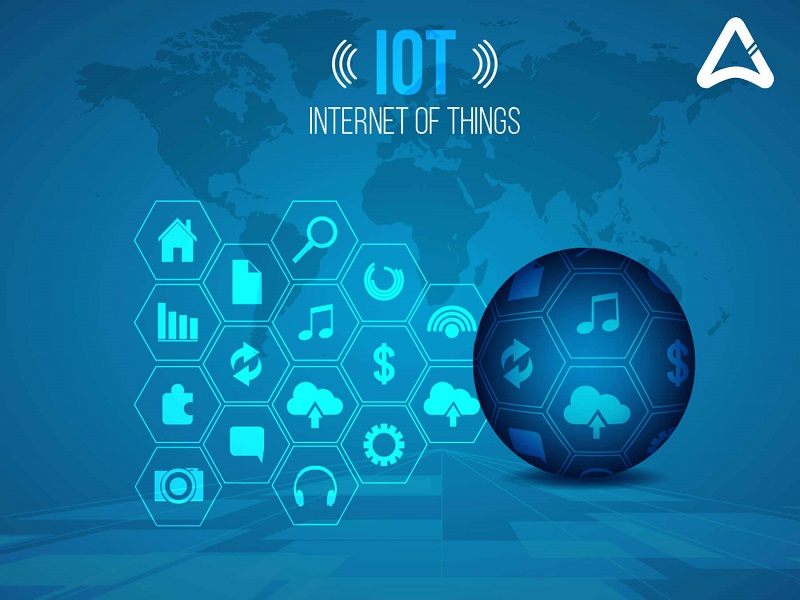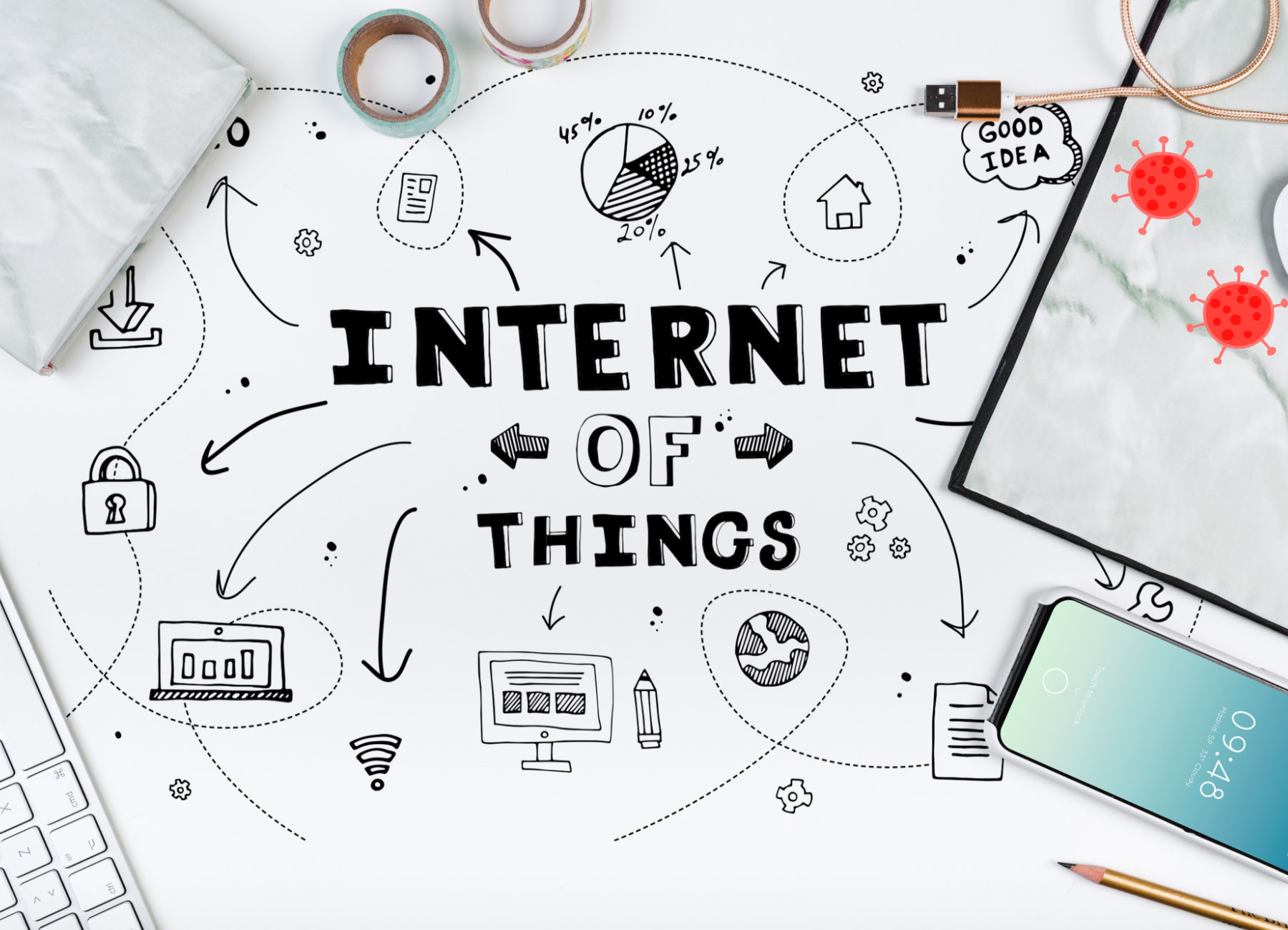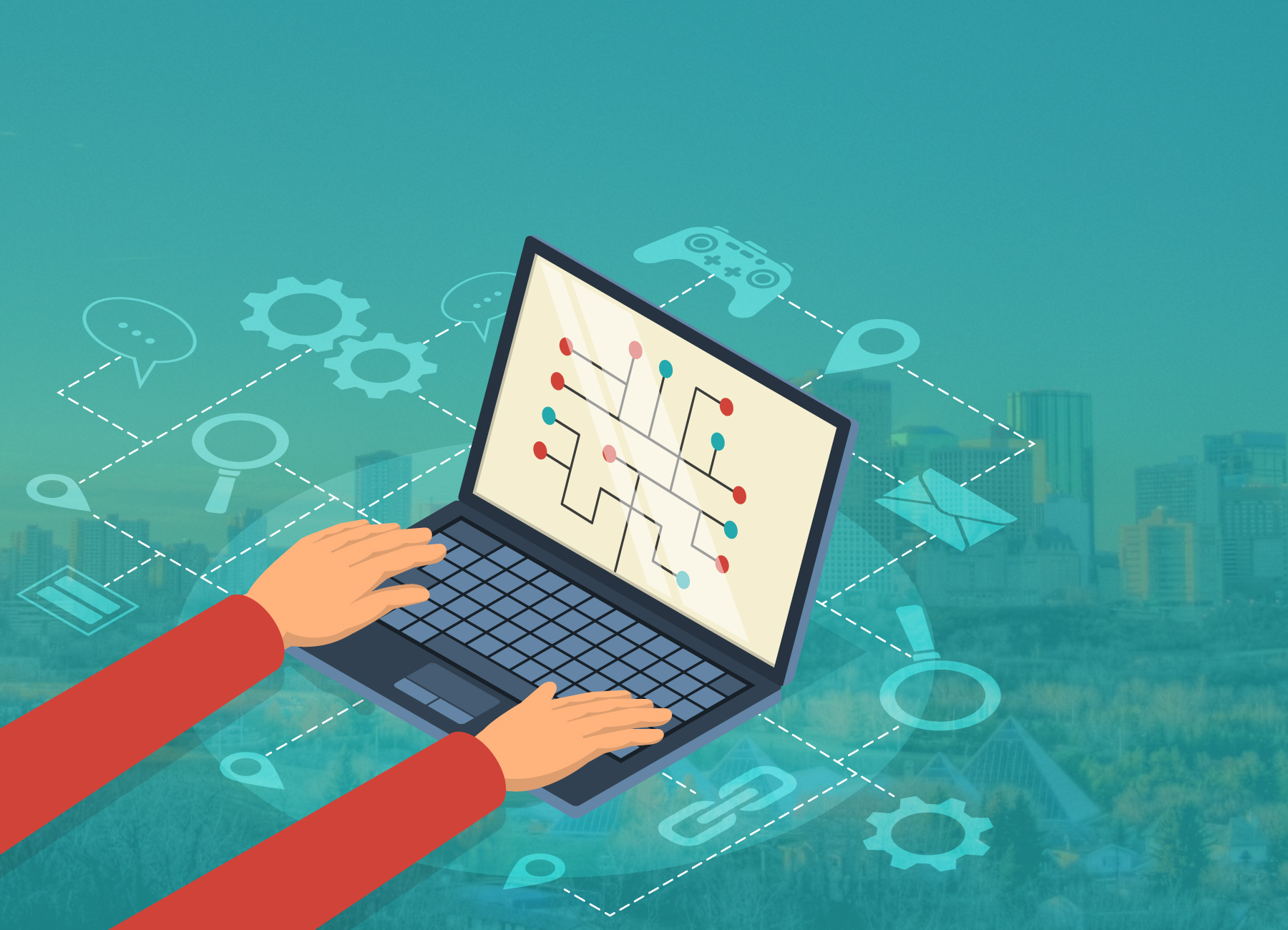In recent years, IoT has become one of the most important technologies of the 21st century. Now that we can connect everyday objects such as kitchen appliances, vehicles, thermostats, baby monitors to the Internet through integrated devices, fluid communication between people, magical processes and things are possible. If you are looking for a project, have a look at top 10 IoT development companies in Winnipeg.
Through low-cost computing, the cloud, big data, analytics and mobile technologies, physical objects can share and collect data with minimal human intervention. In this hyper connected world, digital systems can record, monitor and adjust every interaction between connected objects. This physical world is combined with the digital world so that they can cooperate.
What Technologies Make IoT Possible?
Although the idea of IoT has been around for a long time, a series of recent advances in various technologies has made it a reality.
- Access to low cost and low power sensor technology. Affordable and reliable sensors make IoT technology possible for more manufacturers.
- A set of network protocols for the Internet has made it easy to connect sensors to the cloud and other “things” to achieve efficient data transmission.
- Cloud Computing Platforms. The increased availability of cloud platforms allows both companies and consumers to access the infrastructure they need to expand capacity without having to manage everything.
- Machine learning and analytics. With the advances made in machine learning and analytics, together with access to huge amounts of data from a large variety stored in the cloud, companies can gather information faster and more easily. The emergence of these related technologies continues to expand the limits of IoT, and the data produced by IoT also feedback these technologies.
- Conversational artificial intelligence (AI). Advances in neural networks have led the processing of natural languages (NLP) to IoT devices (for example, personal assistants Alexa, Cortana and Siri) and have made them attractive, affordable and viable devices for domestic use.
What is the Industrial IoT?
Industrial IoT (IIoT) refers to the application of IoT technology in industrial settings, especially with regard to the instrumentation and control of sensors and devices that participate in cloud technologies. Recently, industries have used inter-machine communication (M2M) to achieve wireless automation and control. But with the emergence of the cloud and related technologies (such as analytics and machine learning), industries can achieve a new automation layer and create new revenue and business models with it. Sometimes, IIoT is called the fourth wave of the industrial revolution or Industry 4.0.
Here are some common uses of IIoT:
- Smart manufacturing
- Preventive and predictive maintenance
- Smart power grids
- Smart cities
- Logistics connected and intelligent
- Smart digital supply chains
Release the value of your Business with IoT
As IoT extends further into the market, companies capitalize on the enormous business value it can offer. Advantages include:
- Obtaining data-based information from IoT data to help manage the business better
- Increase in productivity and efficiency of business operations
- Creation of new business models and revenue streams
- Easy and fluid connection from the physical business world to the digital world to achieve faster profitability
What are the Main Applications of IoT?
The ability of IoT to provide sensor information as well as to enable communication between devices gives impetus to a wide range of applications. Listed below are some of the most popular applications and what they do.
- Create new manufacturing efficiencies through machine supervision and product quality supervision Machines can be continuously monitored and analyzed to ensure that they operate within the required tolerances. Products can also be monitored in real time to identify and address quality defects.
- Improve monitoring and “delimitation” of physical assets. Tracking allows companies to quickly determine the location of assets. The delimitation allows them to ensure that high-value assets are protected from theft and extraction.
- Use wearables to monitor the analysis of human health and environmental conditions. IoT wereables make people better understand their own health and allow doctors to remotely monitor patients. This technology also makes it possible for companies to keep track of the health and safety of their employees, which is especially useful for employees working in dangerous conditions.
- Promote efficiencies and new possibilities in existing processes. An example of this is the use of IoT to increase efficiency and safety in fleet management. Companies can use IoT fleet supervision to steer trucks in real time to improve efficiency.
- Facilitate business process changes. An example of this is the use of IoT devices to monitor the status of remote machines and activate service calls for preventive maintenance. The ability to monitor machines remotely also makes possible new business models of product as a service, models in which customers no longer need to buy a product but instead pay for its use.






